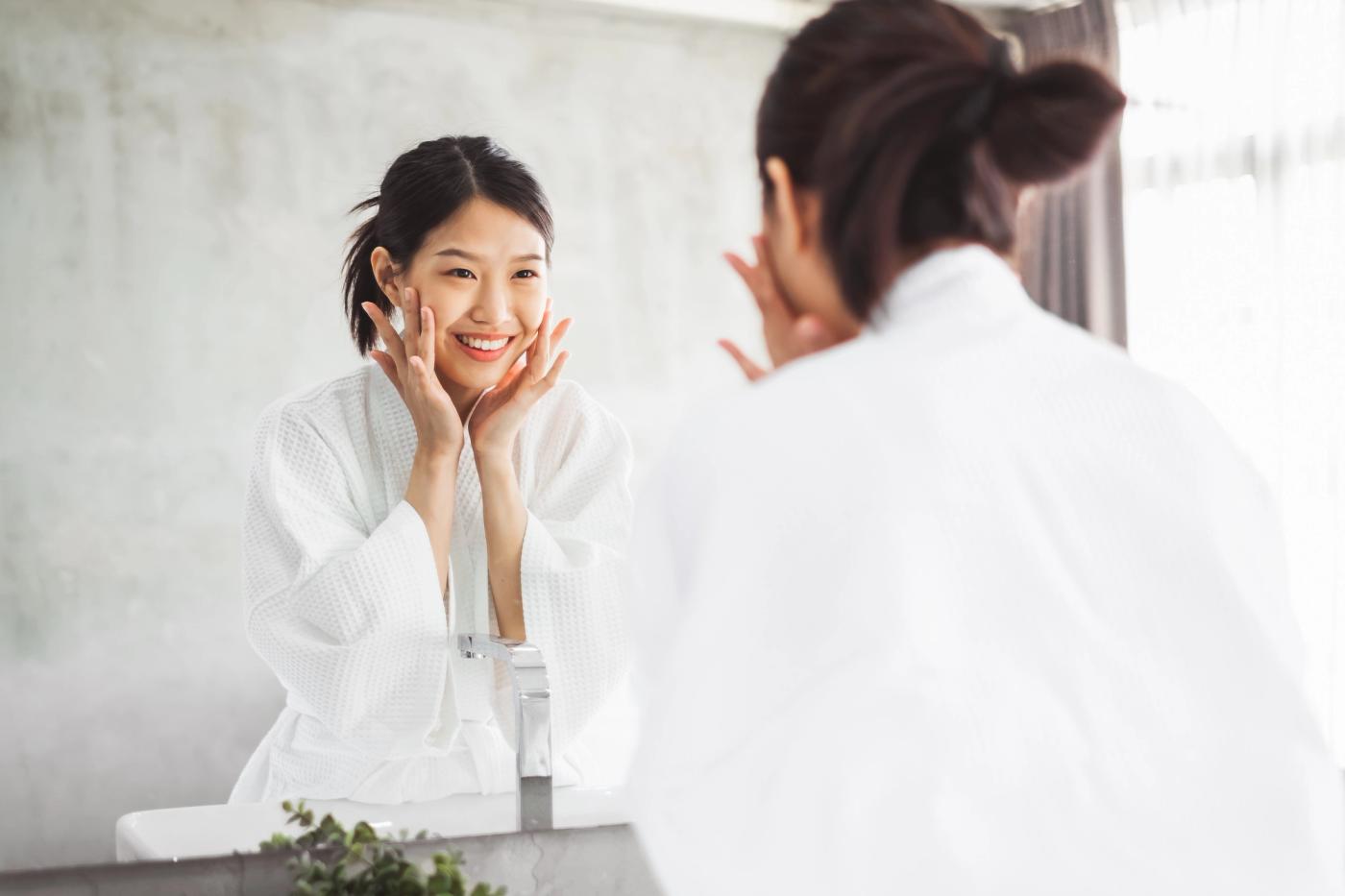Why, hello
After a hiatus in blogging, we’re back with a lot that we’re excited to share with you all!
We took a blogging break to curate and write an eclectic assortment of content guided by the most popular and interesting questions we’ve received over the course of the last few months. We also took a break to give our blog a quick face-lift - I’m sure you see the difference on the aesthetic changes but now we have better backend functionality that will hopefully help you find other (hopefully) interesting entries more easily. We’ll keep you posted on all that we’ve prepared. Hope you enjoy!
Onto the topic du jour
Lately, places like Sephora’s shelves have been filling up with skin brighteners and lighteners and whiteners. We’ve been getting asked quite a lot about which is which and how these work.
We’ll keep it simple. Essentially, there are two broad categories of these products: 1) things that make your skin whiter and 2) things that make your skin more radiant and evenly colored.
The less relevant category (and also the one to watch out for!)
The first category is most prevalent outside the US (big category in India) where ingredients are used to make the skin color whiter. Typically, hydroquinone (and a lot of it) is used to suppress melanin production which does effectively whiten skin. This ingredient is a pretty tough chemical and has been banned for use in Europe and is sold in the US as an OTC drug but maxing out at 2% hydroquinone. The products sold in beauty stores in the US will typically not be in this first category.
Onto the more relevant category…skin brighteners
So what then are skin brighteners and how do they work? Skin brighteners are formulated to do a few things: 1) even out skin tone by attacking some of the hyper-pigmentation that causes sun spots and 2) create a more radiant skin tone by clearing out the darker, cloudier patches of skin. In principle, the formulation is similar to skin whiteners in that ingredients are used to suppress melanin production but the key difference lies in the ingredients used.
Major ingredients used in skin brighteners include vitamin C, vitamin B derivatives and plant extracts like arbutin. These ingredients are much milder than hydroquinone and effectively attack the darker spots and help bring out the brilliance underlying all the sun damage.
So which is right for me?
All three kinds of ingredients in skin brighteners do work. This product category (more than any other, IMHO) depends on skin compatibility. As an example, vitamin C didn’t sit well with me for years, but now my skin loves vitamin C ester products. Having said that, vitamin B derivatives and plant extracts are typically less irritating on the skin. However, watch out if you have any allergies to specific plant extracts.
These ingredients, in general though, are fairly mild and should sit well with most skin types. It may take a little time to find the right brightener for you, but this is one product category that is worth investing in if you’re looking for that extra wattage of radiant and dewy skin. Hydrated skin alone will be tough to bring out the brilliance as the sun will inevitably cause some cloudiness.
One extra tip: don’t undo all the work in creating radiance by neglecting thy sun care.
What do we recommend?
We personally LOVE this one brightener. Seems like we’re not alone, this one gets great reviews and we’ve had to restock twice. We give this two thumbs up for the way it creates a more even skin tone and glow, feels great on, and uses only high end ingredients that nourish the skin. On that note, have a wonderful Memorial Day weekend everyone and don’t forget that sunscreen even if it’s unseasonably cold outside!
-Alicia


